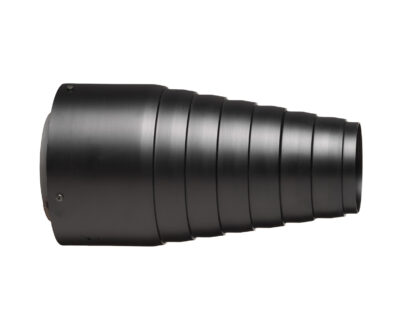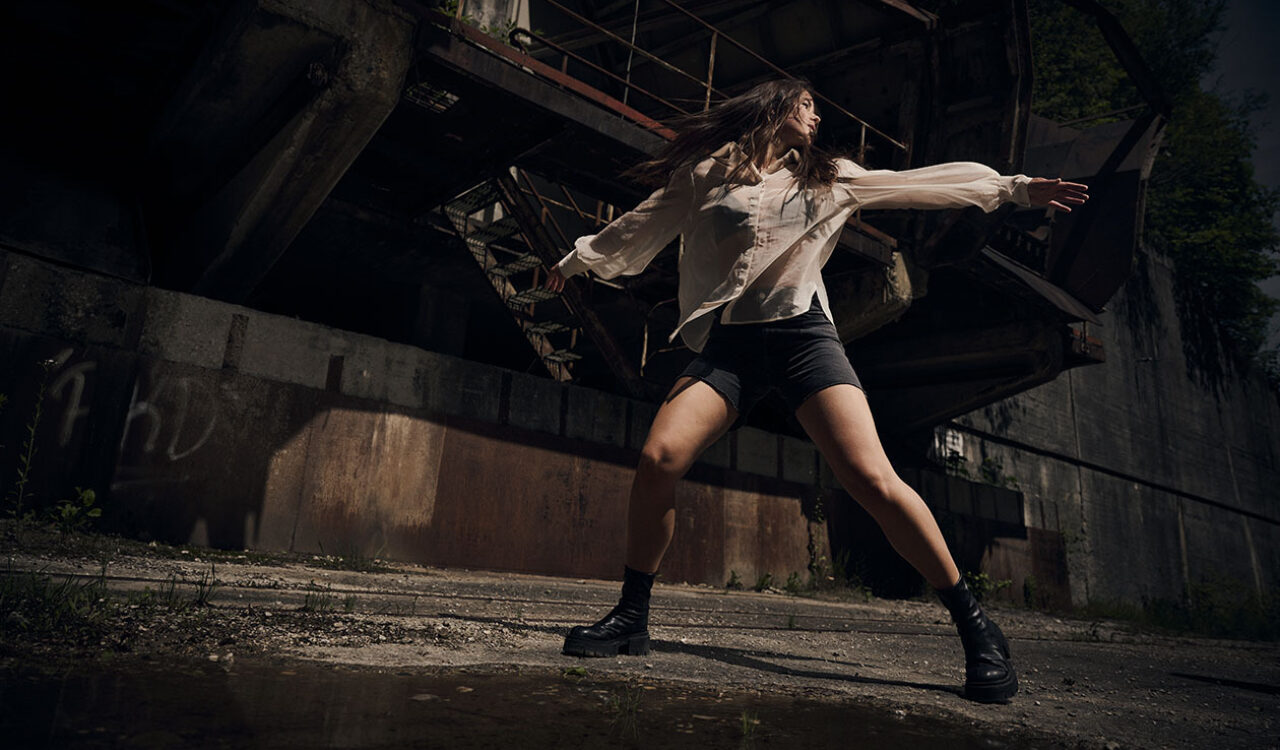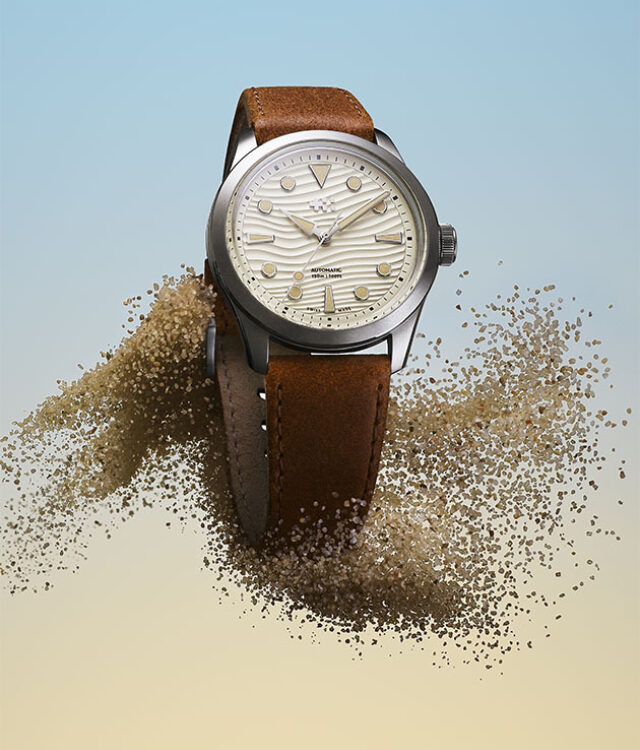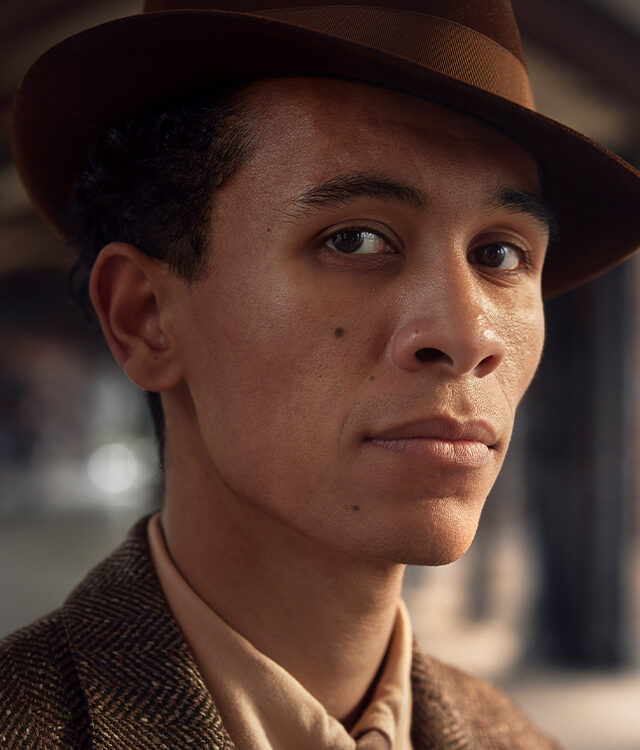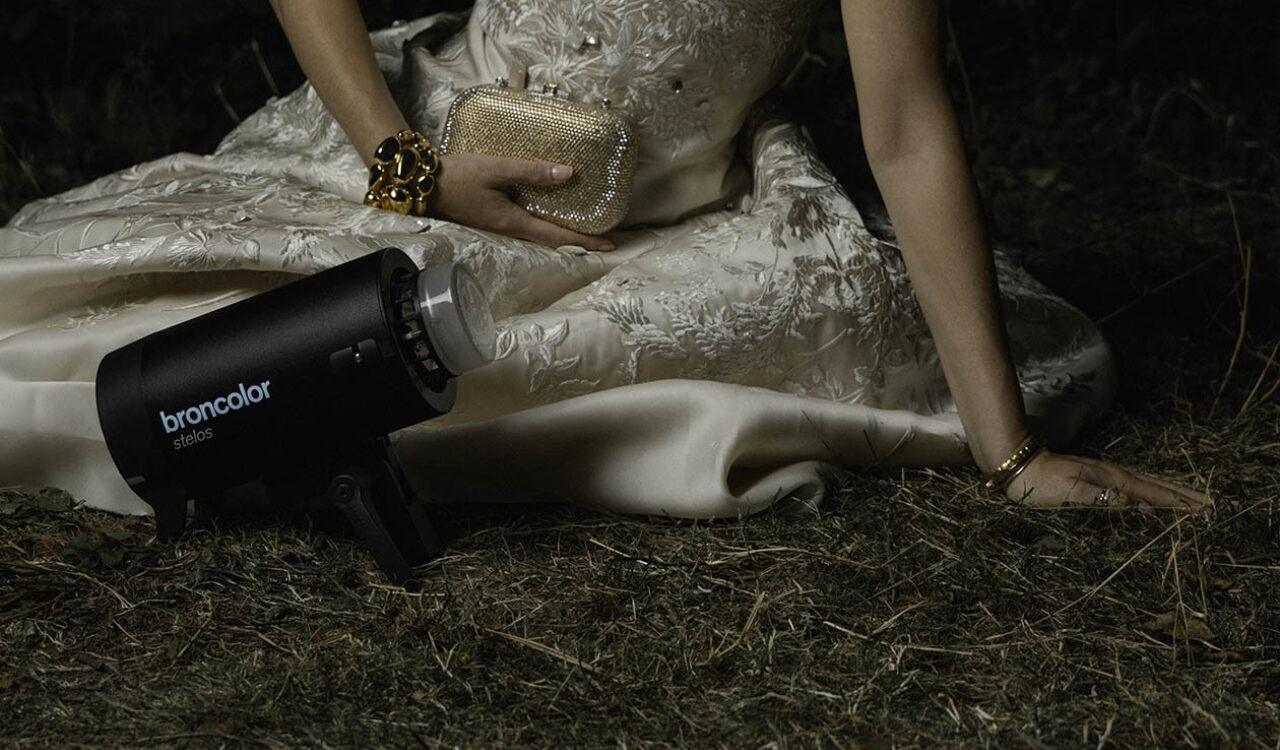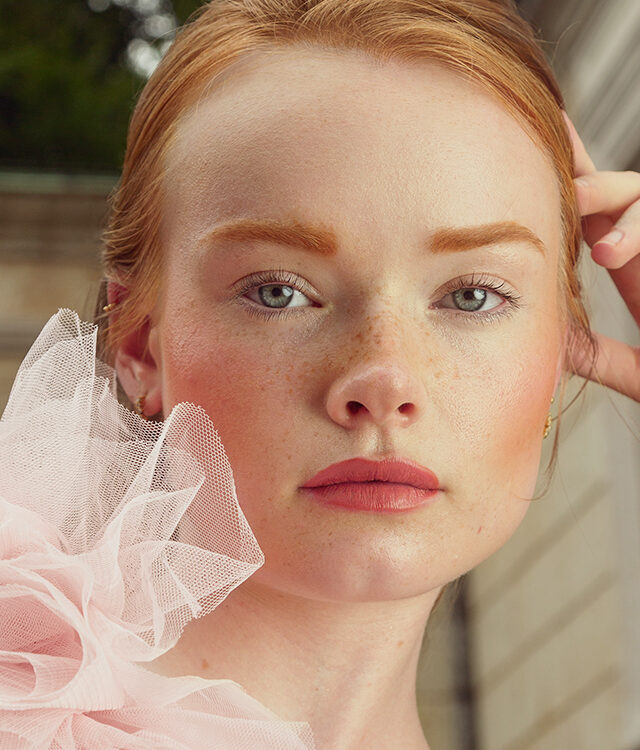I am often commissioned to create artistic still-life imagery with flowers. My growing reputation as the botanical expert proceeds my first solo exhibition in 2015, Without Water; a personal project and study of dried florals. I'm also known for my technical proficiency; I thrive on creating unique artistic imagery utilising specialised techniques without the end result looking overtly 'technical'.
The brief for project WILD was to freeze flowers using liquid nitrogen and photograph them exploding, capturing the impact as they crack and explode. The creative concept was to help promote a new residential apartment project and portray the story behind the slogans 'live without inhibition' and 'unleash your free spirit'.

How to execute the concept was up to me...
When confronted with a creative brief like this, I often propose new techniques I haven't tried before - to keep things fresh for me personally. I've had extensive experience with exploding objects using highspeed photography and firearms in the past. But, I've always wanted to explore using controlled explosives...
Unfortunately, this approach was cost-prohibitive for the client. So it was back to square one.
A more cost-effective idea...
The alternative approach, but still requiring freezing the flowers with liquid nitrogen, was to use impact by physically smashing floral bouquets against a hard surface. The brief requested a black background, so I proposed shooting against a sheet of black glass to introduce interesting reflections as the flowers broke up on the surface, creating another dimension. The effect, I thought, would add to the images' overall 'energy'. I also suggested setting up three separate cameras to capture multiple perspectives simultaneously to maximise each take.
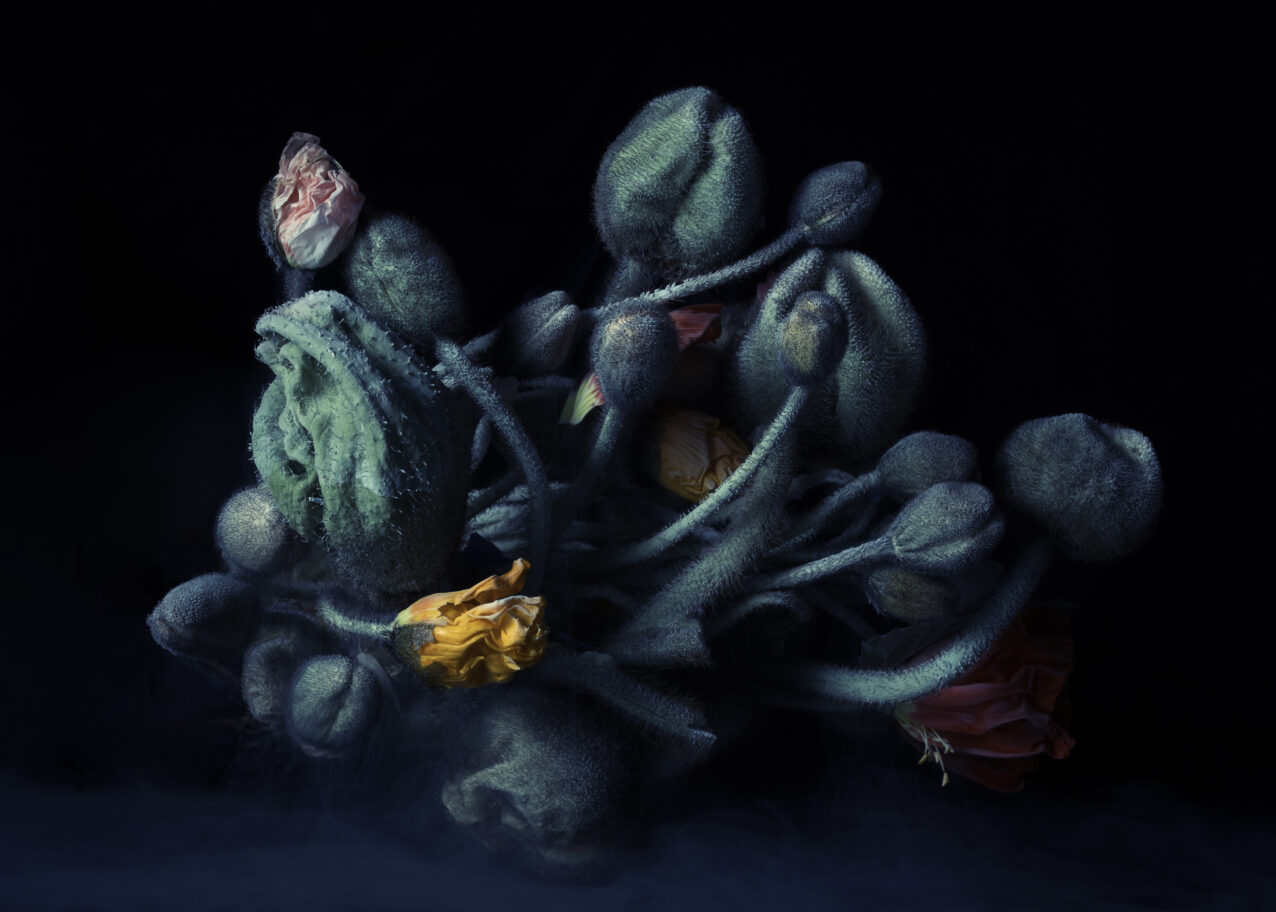
The client approved this alternative approach, so off we went...
The first point of call was Sun Studios Australia, my local Broncolor distributor in Melbourne. Whilst I have my own extensive Broncolor equipment, this project required multiple units which I didn't own and needed to hire, mainly:
- 6 broncolor Scoro 3200 S power packs
- 3 broncolor Pulso Twin 4 Lamp Flash lamps
The Scoro were chosen for their ability to freeze the exploding action utilising their extremely short flash duration capability - up to 1/10,000s (t0.1). I needed multiple power packs to increase total output power because the shorter flash durations are achieved at lower power outputs.
The Pulso lamps, which houses x2 3200j flash tubes in each head, were utilised for their efficiency and maximum power output. Each (dual) header cable was allocated its own flash pack - two packs per head. I could have used x6 standard Pulso lamps, but I didn't want to sacrifice lighting control by cluttering the set with double the equipment.
At a power setting of '4.4' on each Scoro power pack, we used a total of 50jx6=300j, still enough for a capture exposure of ISO100 at f16, allowing us to shoot at a flash duration of 1/8000 sec.
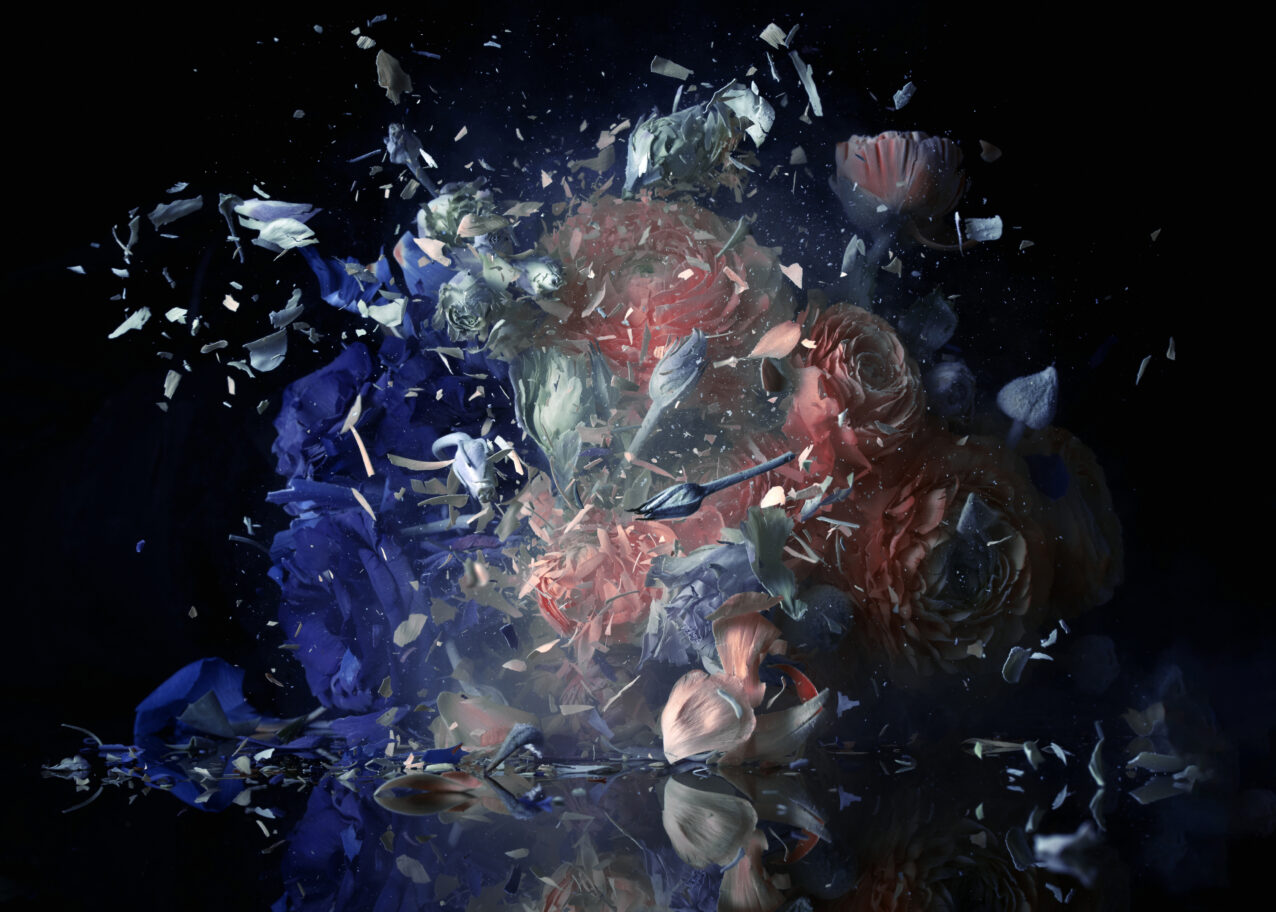
The cameras/lenses used were:
- Phase One XF IQ3 100MP + Schneider Kreuznach 80mm f2.8
- Nikon D800E + Nikkor 85mm f1.8
- Nikon D810 + Sigma Art 50mm f1.4
The Scoro power packs were triggered by a custom-made 'sound trigger', which I had made years ago using a hobby kit by Dick Smith Electronics. The sound of the 'crashing' flowers on the glass was enough to trigger the unit.
On the day, we explored multiple options by varying the floral arrangements (created by my florist wife, Basia Puchalski) and experimented with the degree of the physical impact. We also captured variations of each floral 'smash' before, during, and after, giving the client more variety.
Lighting wise, the florals were side-lit in a rich and moody manner, encapsulating the flowers whilst creating separation and depth into the scene. I controlled the direction and light spill using honeycomb grids on P70s fired through a Lee Filter Diffusion roll - which I often like to do. The three heads were strategically placed to allow a subtle mix of backlight, sidelight and frontal fill. I prefer lighting this way rather than resorting to a softbox because it allows me more control.
As a general rule, I try not to let my own photographer ego dictate the lighting style by making it a key feature, especially on creative projects like this. Instead, for me, it's always about showcasing the subject matter in its best light and creating the right atmosphere and mood. The lighting, for me, should be complementary and cohesive and not a dominant aspect of the scene.
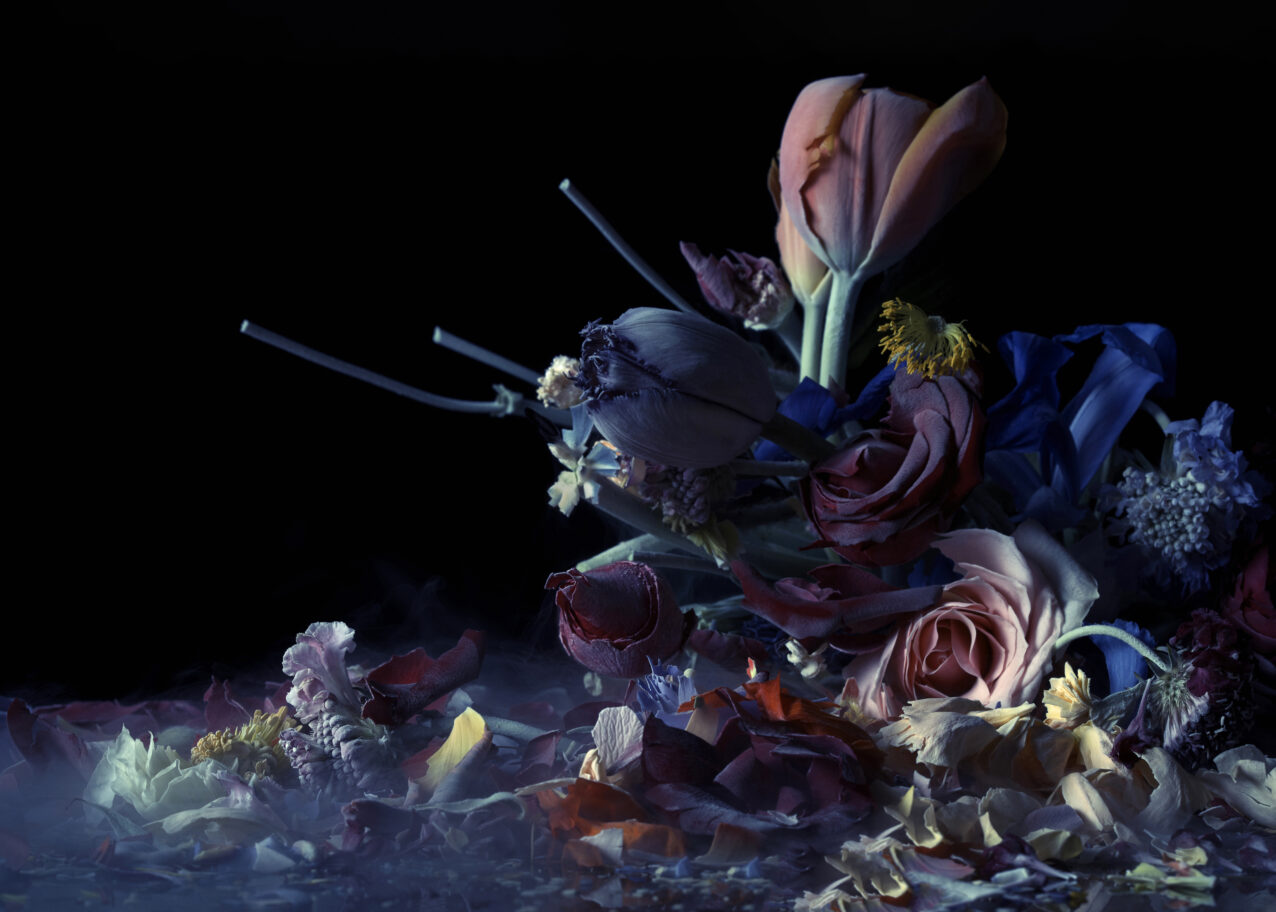
Another requirement for this project was a photographer's ability to capture 'in-camera' without resorting to multiple capture composites. The explosions needed to look real and natural and not a stylised retouched composite. This prerequisite skill is something I learned back in the analogue film days, whereby retouching was often not an option. It's a longstanding discipline that I am known for and embrace to this day. Due to this approach, this project's final images required minimal retouching. Some initial colour grading was done in Capture One software, and some minor cleaning up was completed in Photoshop.
Final words...
I am honoured that Swiss-based broncolor has recognised me and my work - a Japanese/Aussie photographer based across the other side of the world in Australia. It's humbling to be hand-picked out of a plethora of broncolor users across the globe to be featured. As an avid user and appreciation for the brand, broncolor is an integral tool for my creative image-making process.
I've been using broncolor exclusively for over 20 years since the first generation battery-operated Mobil power pack. Before that, I used speedlights for my portable location-based lighting. I also used speedlights for my studio-based still life shoots, requiring extremely short flash duration. At the time, it was the only way that feat was achievable. I eventually invested in the broncolor Grafit A4, which solved my short flash duration requirements with the added bonus of higher flash outputs and lighting control. When it comes to broncolor lamps, I appreciate the Pulso's ability to 'focus' by shifting the flash tube's position within the head, which can change the character of the light source. Combined with honeycombs, it's one of my favourite ways to manipulate light. In more recent times, my 'go to' favourite is the Picolite combined with the Fresnel spot attachment, which is especially useful for my macro work. More often than not, they are my 'go to' in recent times. No other flash equipment gives me finite control like Broncolor...
Thank you to broncolor for the feature, and thanks for reading.
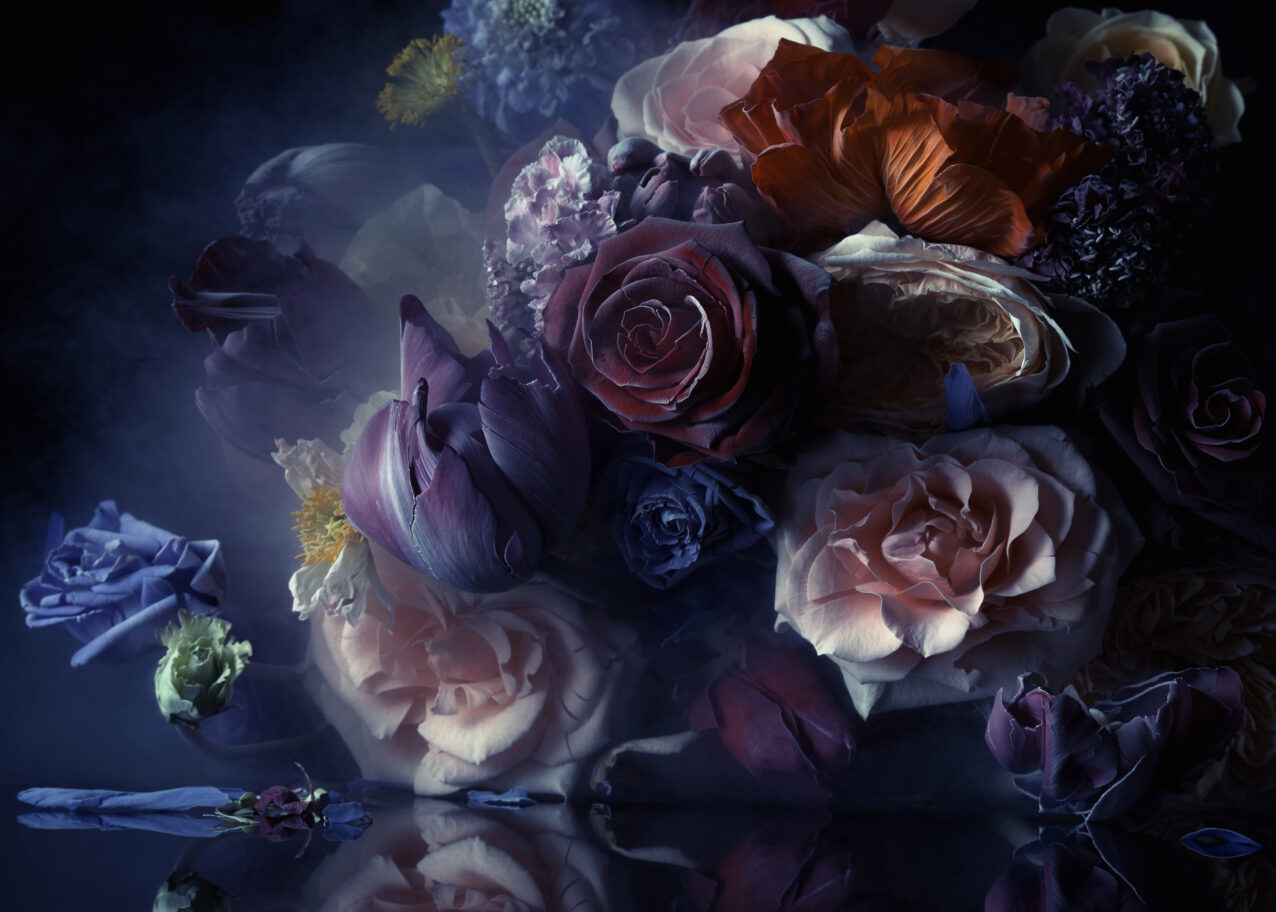
About Isamu
Born in Japan and raised in Australia, Isamu Sawa (or 'Issey' to his friends) is one of the country's leading commercial photographers. Inspired by his late photographer father, Peter Sawa, to pick up a camera at age ten, it hasn't left his side since.
With a professional career spanning more than 25 years, he has amassed a vast clientele of International Brands, including Mercedes Benz, Toyota, Renault, IWC, Schweppes and Penfolds. His editorial work has also featured in GQ, Vogue and Mercedes Benz Magazines.
More recently, Issey's focus has been on his visual art practice. He exhibited Two Generations – Two Views with his father at Joshua McClelland Print Room in 1999. Since then, he has exhibited in numerous group shows; at The Compound Interest, Rokeby Gallery, Centre of Contemporary Photography (CCP), Sun Studios and Gippsland Art Gallery.
Exploring a particular fascination with the micro world, Issey's first solo exhibition, Without Water in 2015, caught the eye of Australian and overseas media. To date, more than fifty astute collectors across the world have purchased limited edition prints from the series. Due to its high acclaim, the show travelled to Sydney via invitation by the Black Eye Gallery in 2017. His follow-up exhibition, REMNANT, was staged in Melbourne, 2019.
Website: www.isamusawa.com.au
Instagram: @isamu_sawa_photography
+++
From the broncolor team: In honor of Isamu's late-father’s 79th Birthday. He would be proud to see what great photos his son takes.
+++

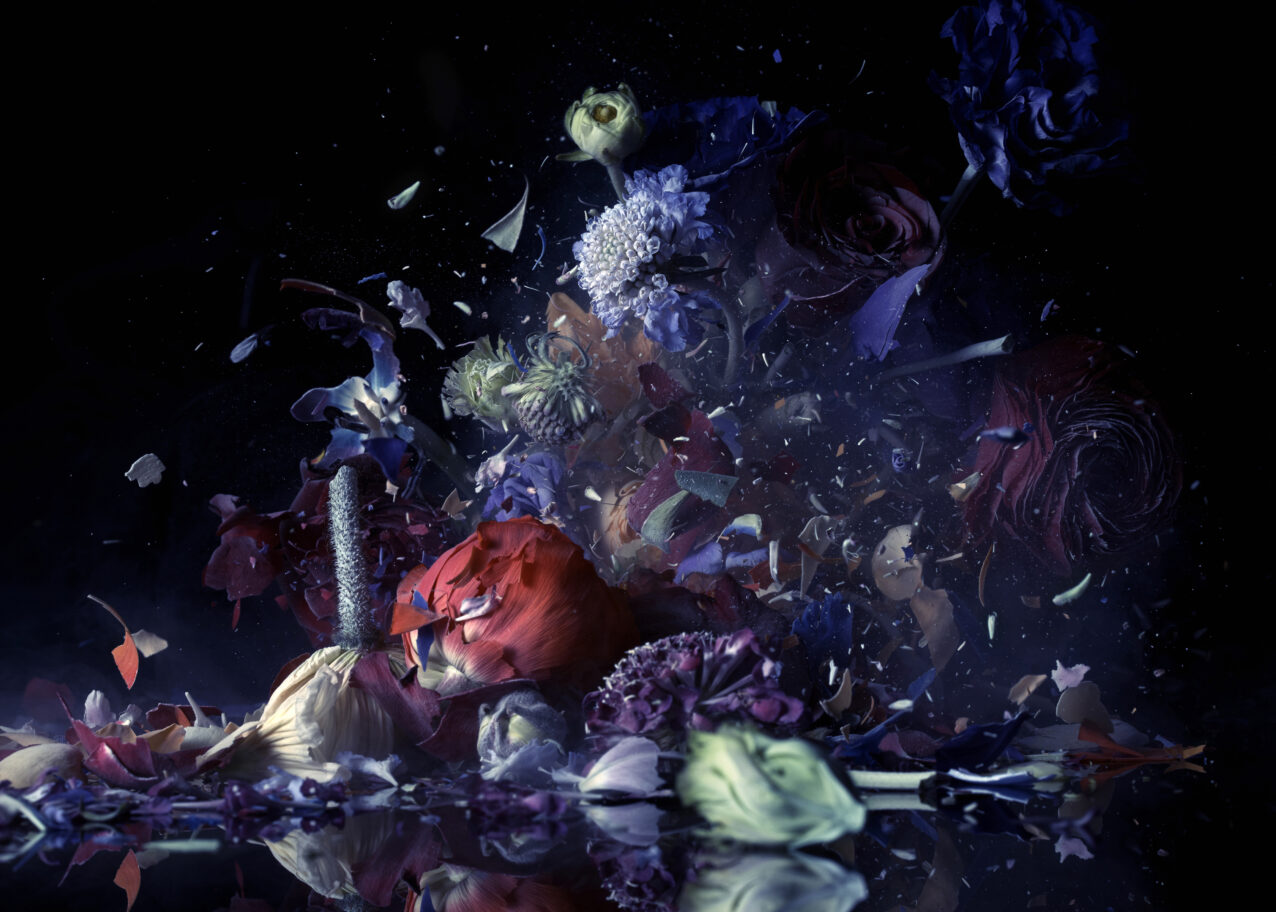
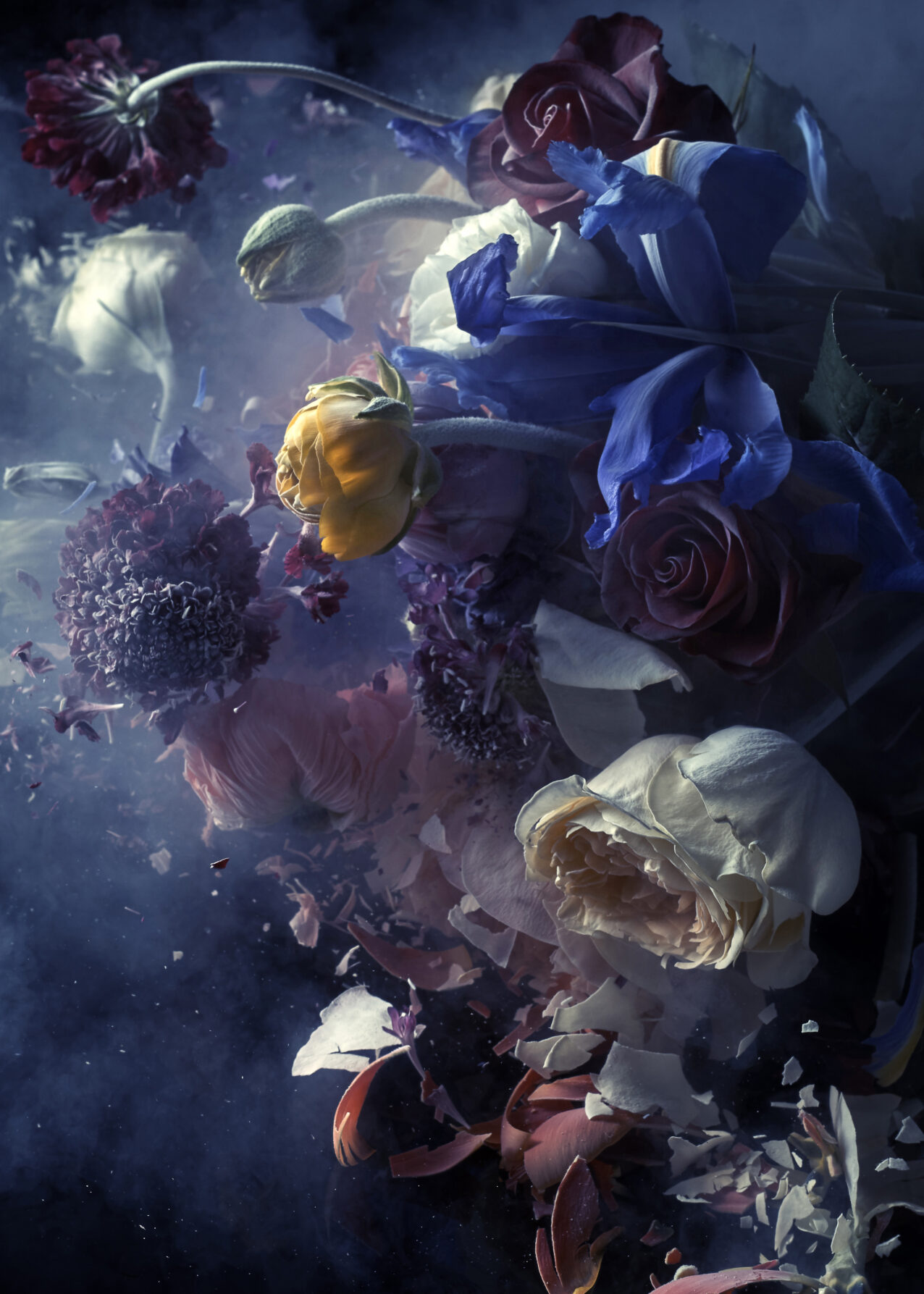
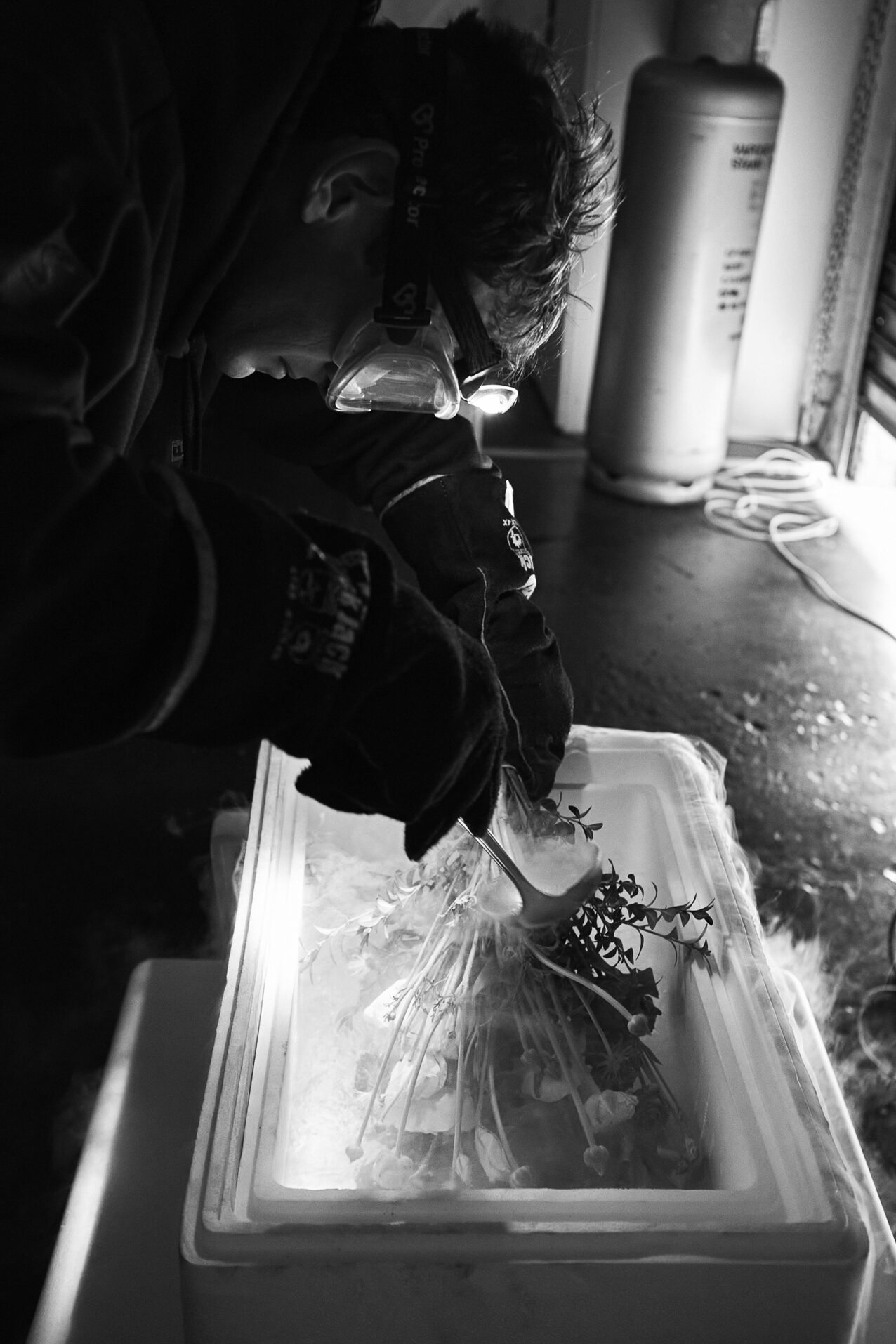
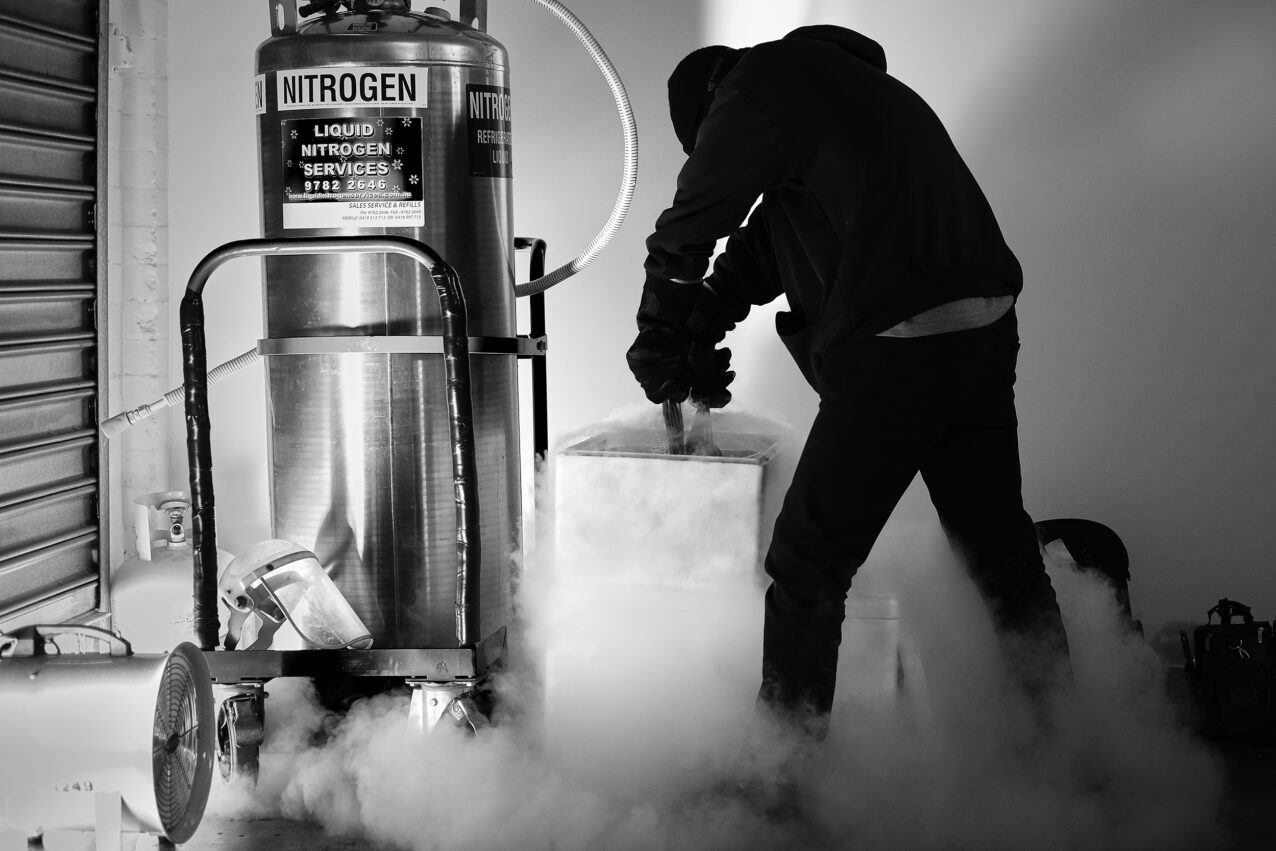
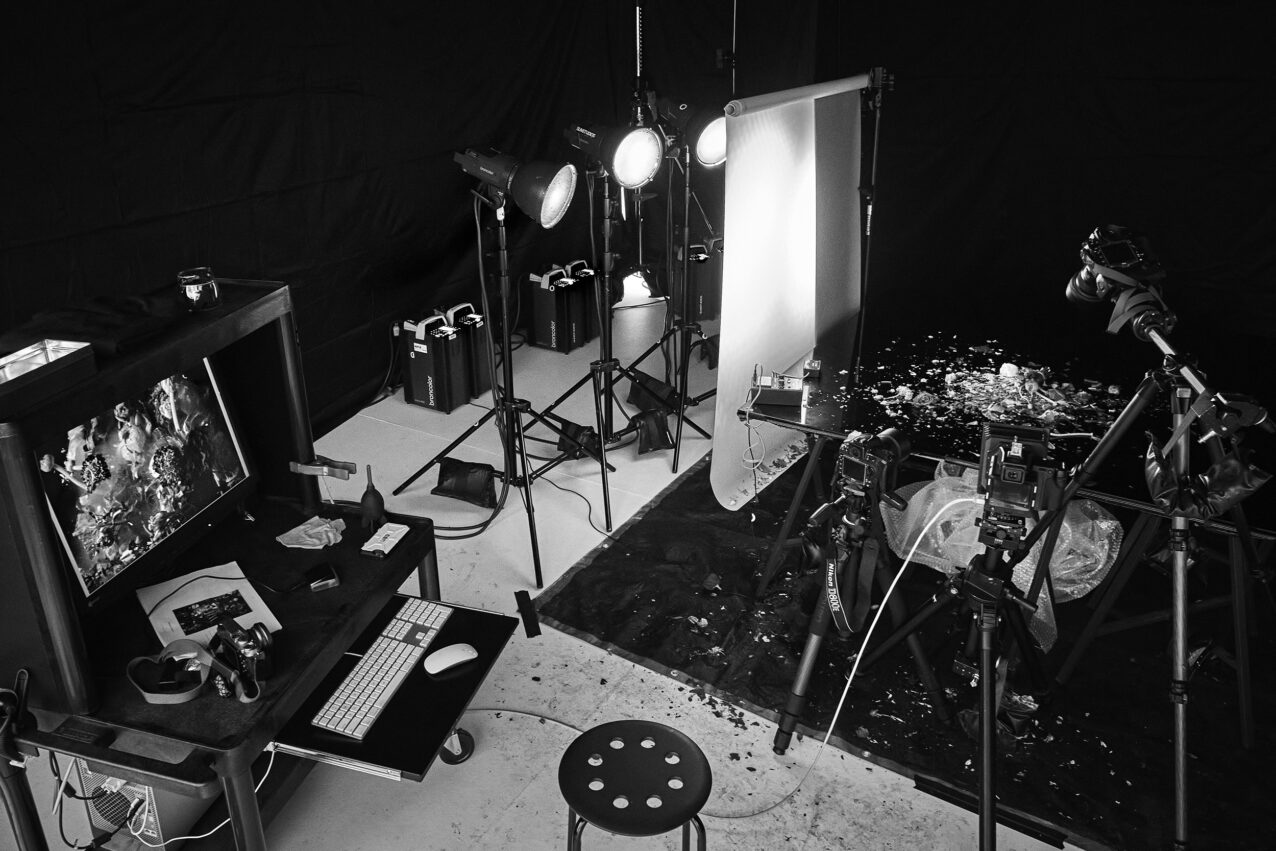
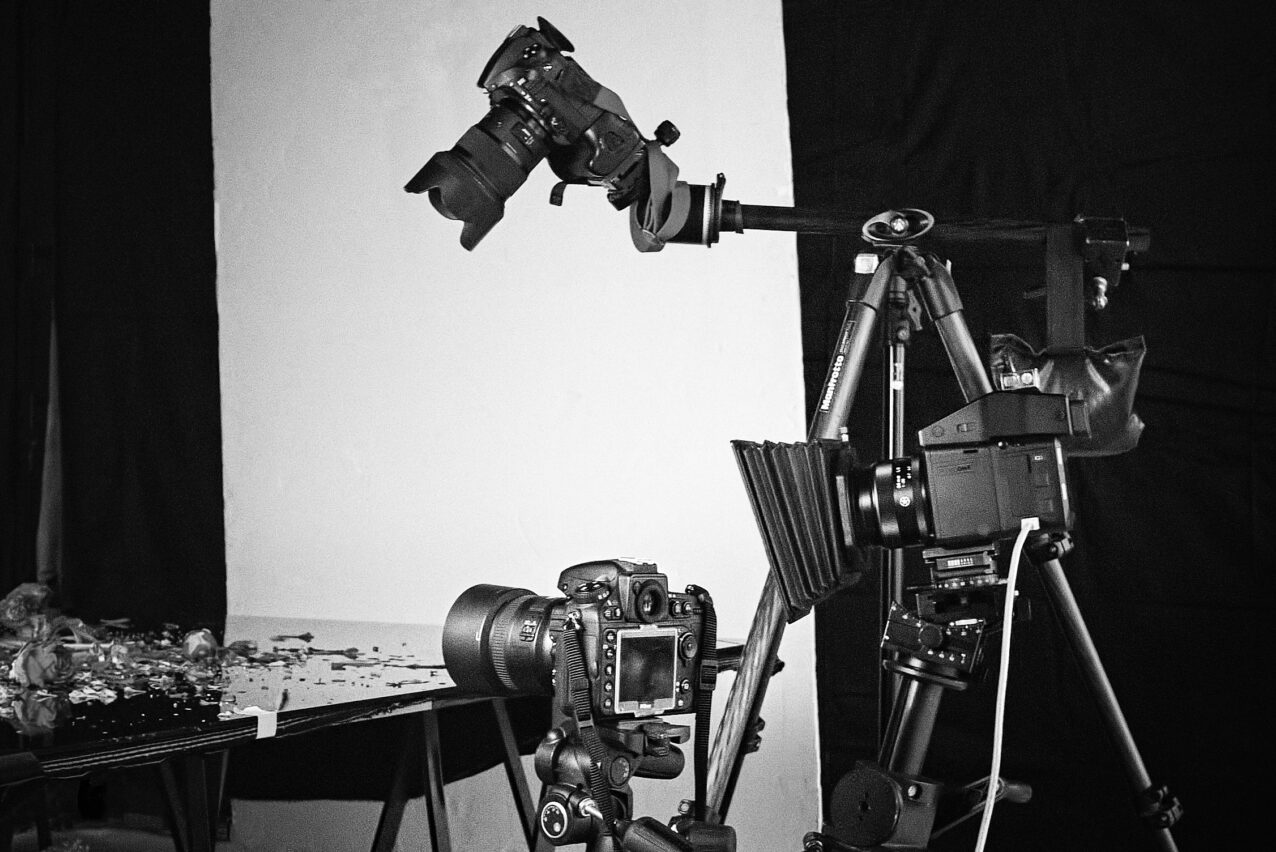
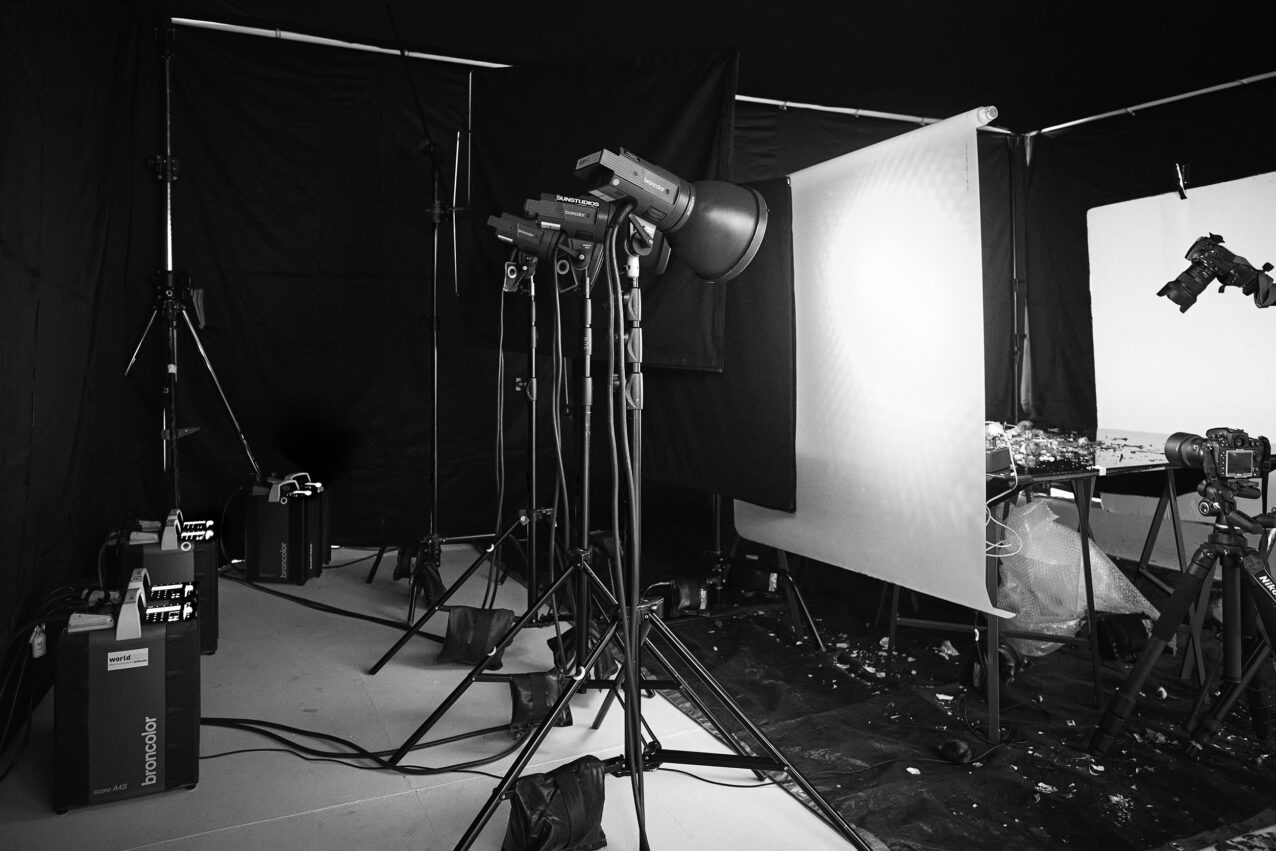
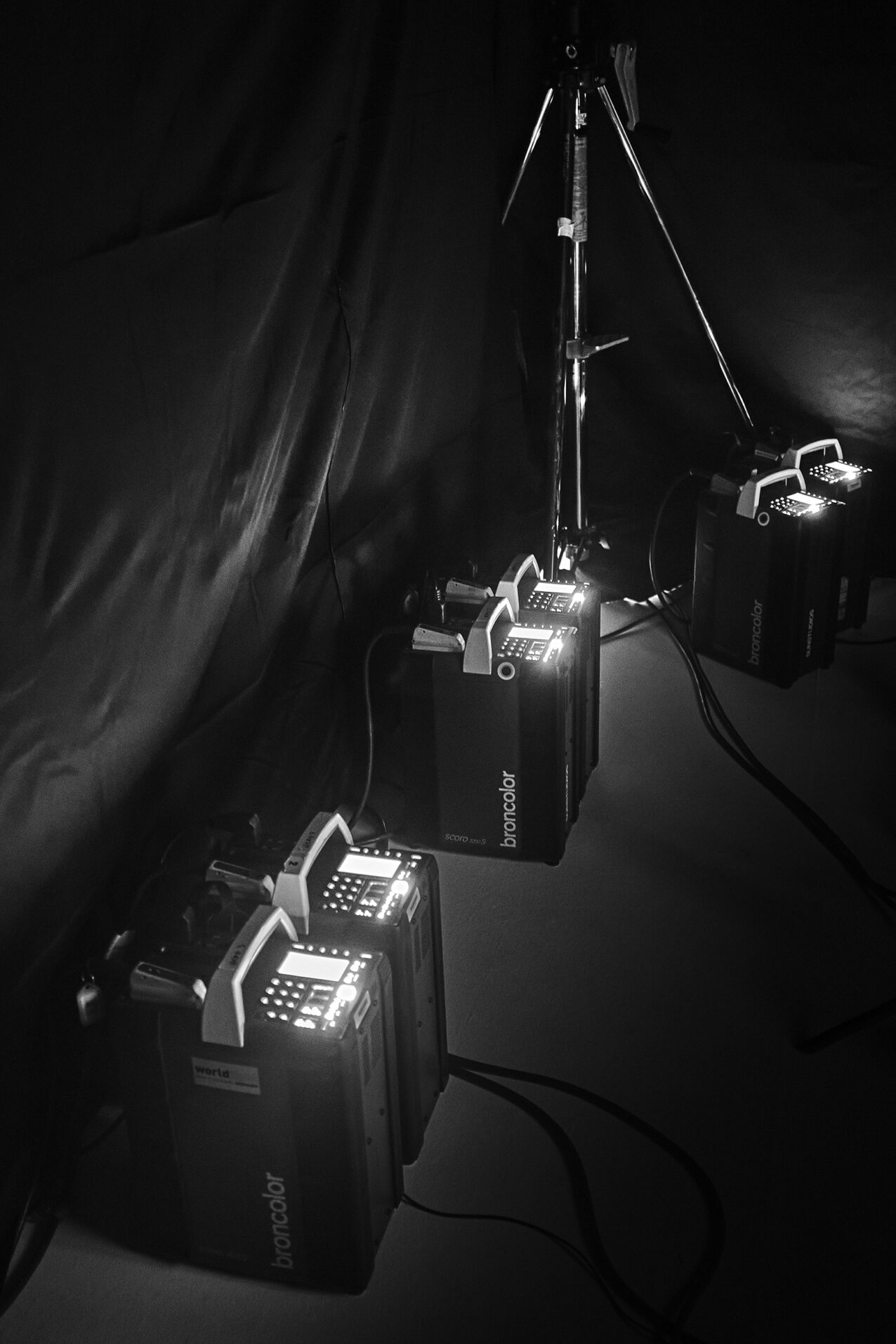
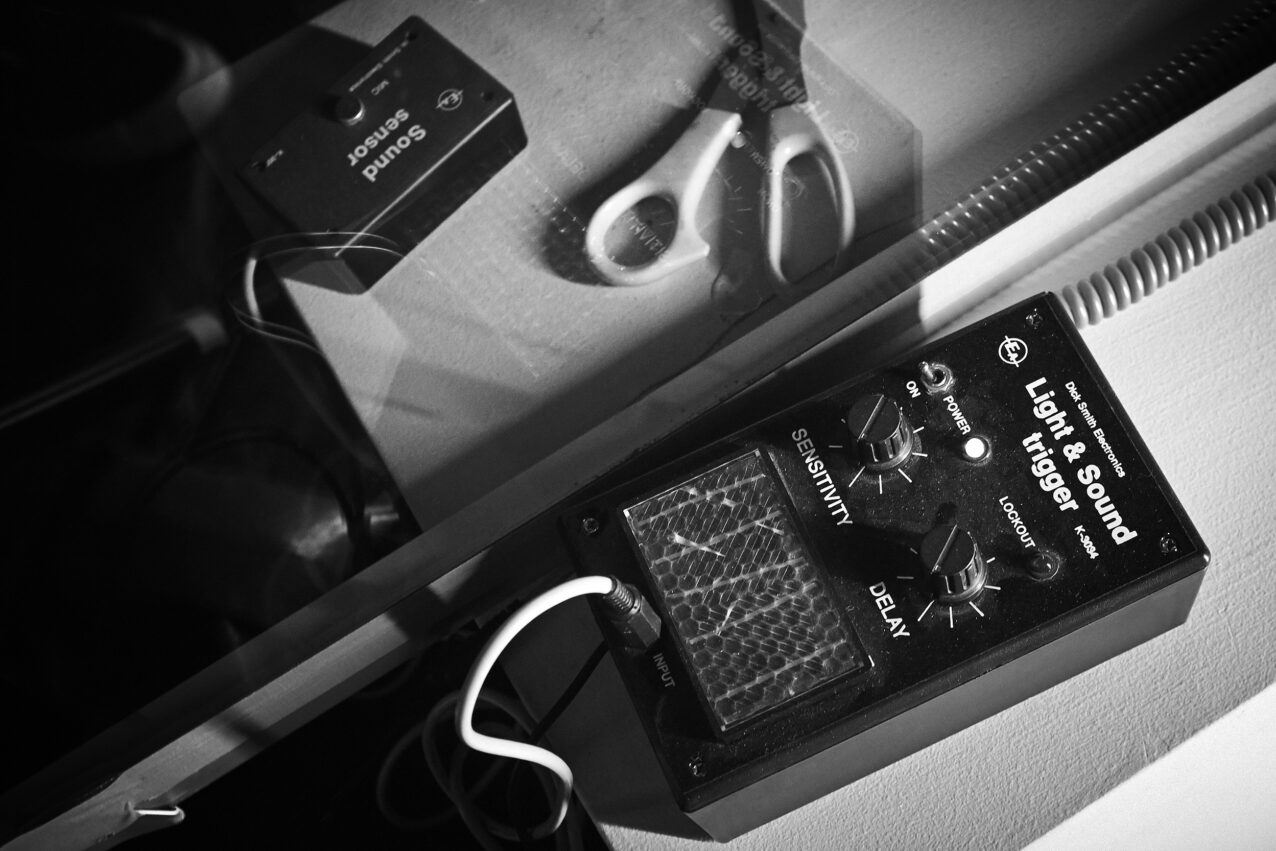
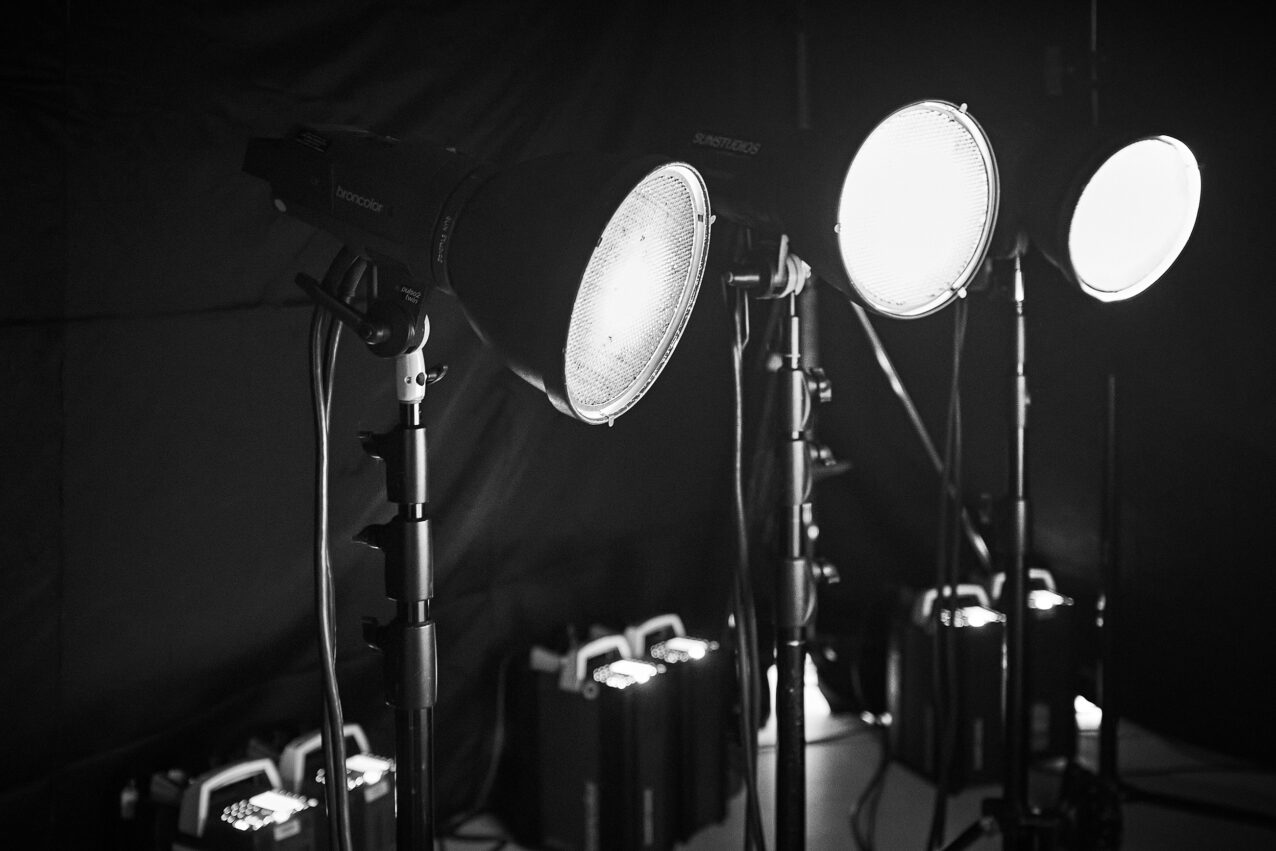
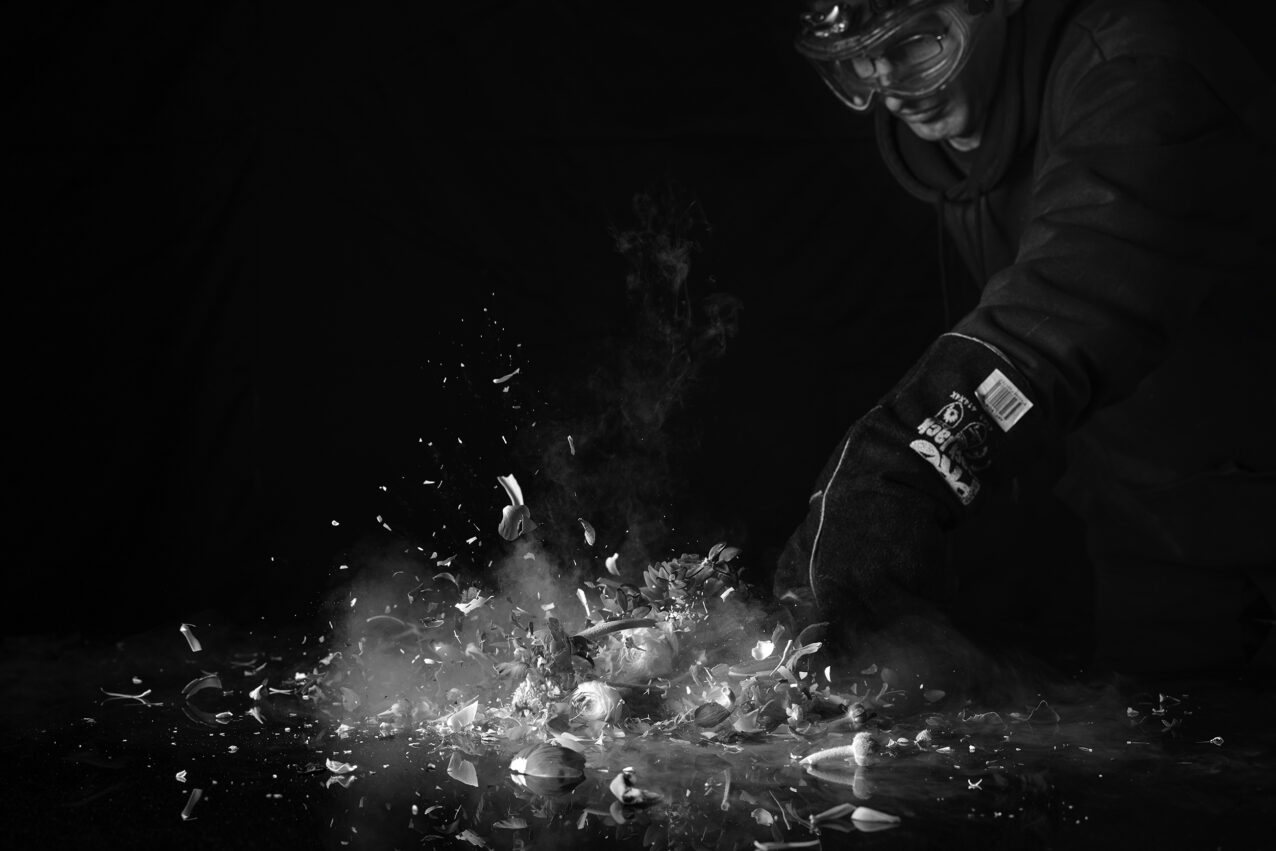
Credits:
- Executive Creative Director / Cornwell Studio: Quan Payne - @quanpayne
- Design Director / Cornwell Studio: Deanna German - @deegerman
- Producer / Cornwell Studio: Tanya Stankovic
- Client: Fridcorp - @fridcorp
- Production: Hart & Co / Natalee Royle - @hartandco
- Special Effects: John Sanderson
- Florist: Basia Puchalski - @basiapuchalskifloraldesign
- Florist Assistant: Zara Nicholls - @wildly.flora
- Photography Assistants: Aaron Cullen / Merlyn Reuter - @aaroncullen / @merlynreuter
- Post-production: Isamu Sawa





